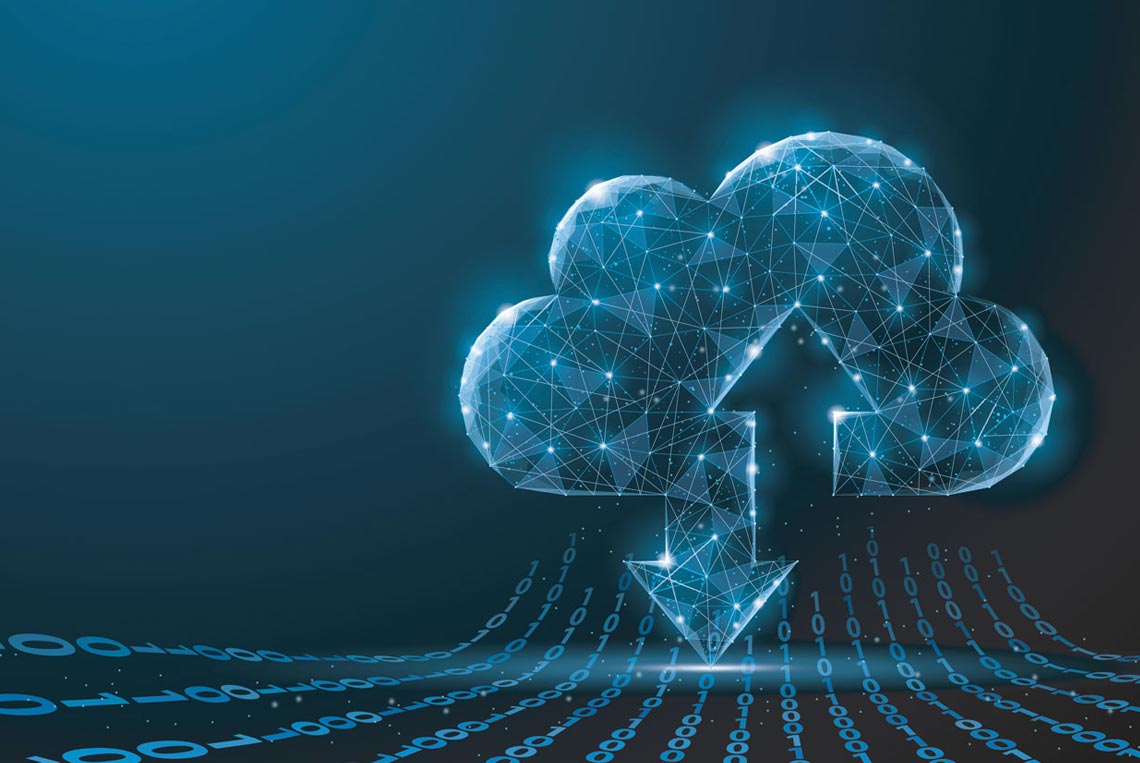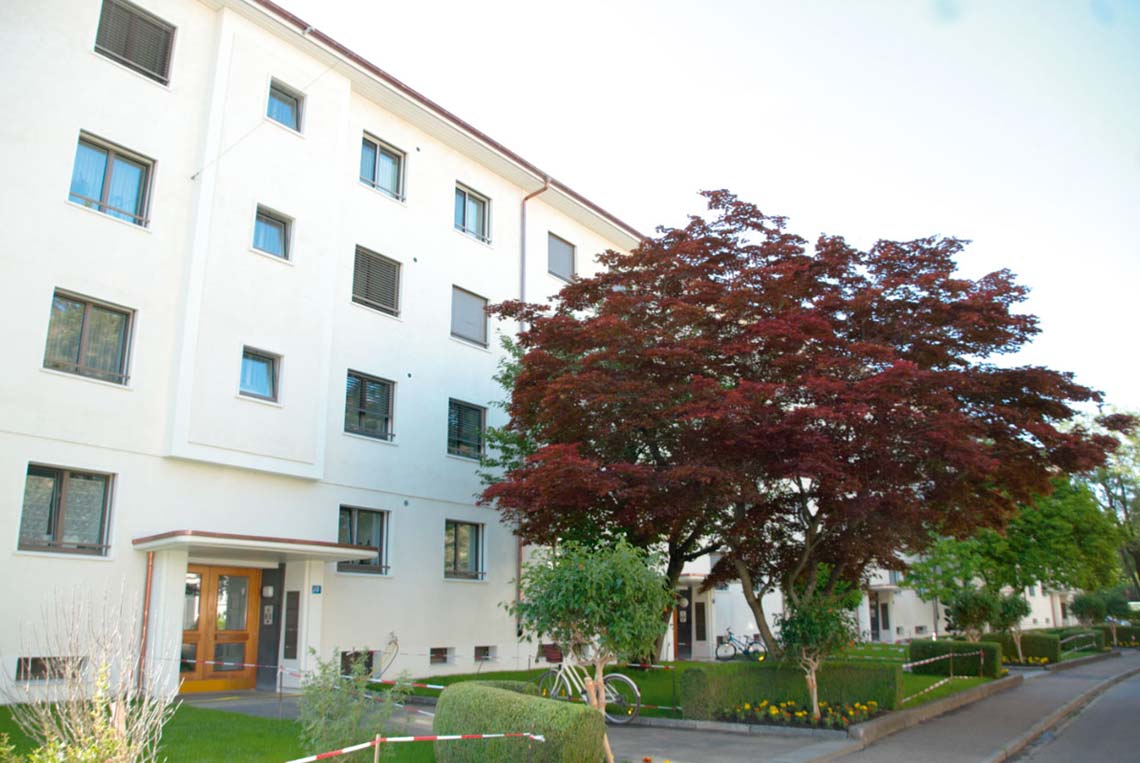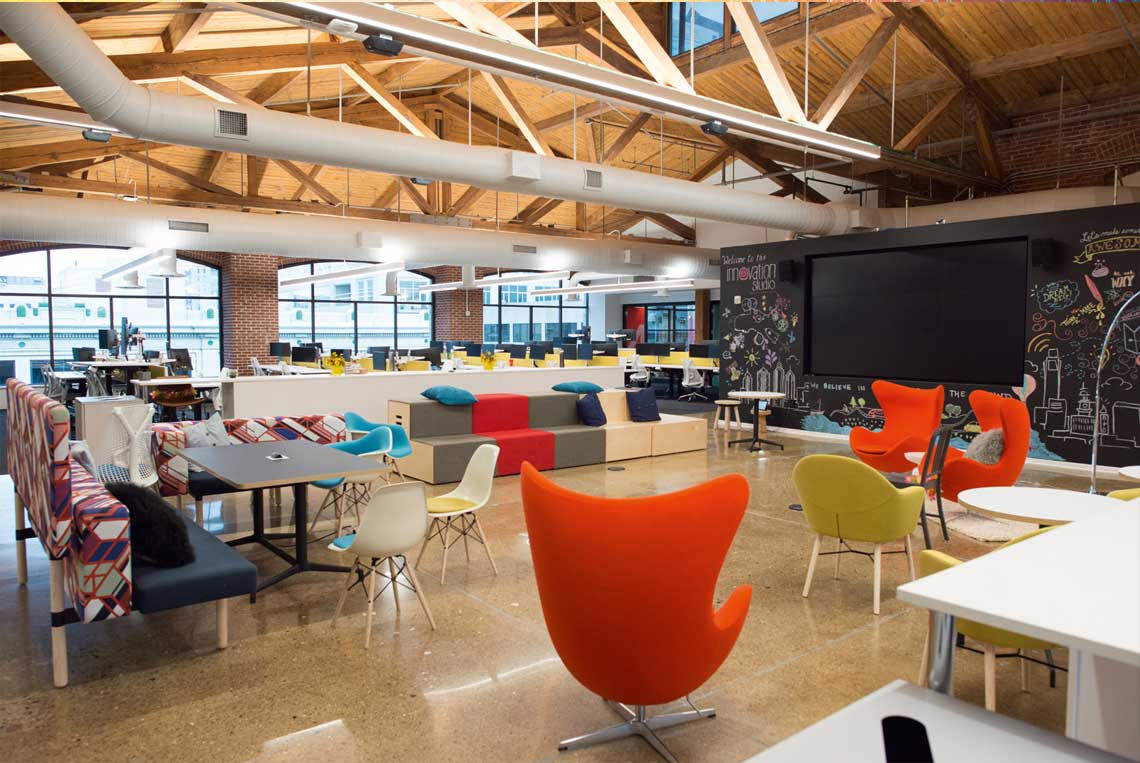Smart spaces welcome employees back to work
Issue :
read all articles online
read as pdf
“Smart building” is often used to indicate that a building uses less energy and lowers operating costs. This is correct – building automation pays for itself in the space of a few years. However, a smart building is much more than “just” a resource-optimized facility. It is an incentive to be in the office and a reassurance that workers can return there safely. The employee is at the core of a smart space, together with her/his workplace needs and preferences. The intelligent building contributes not only to a sustainable way of business, but also to corporate success in the broadest sense.
The link between workspaces and wellbeing has been a longstanding topic of interest among businesses. Next to personnel management, working atmosphere and remuneration, the quality of the workplace emerges as a key factor in employee wellbeing. Smart buildings can make a significant contribution to workplace quality by providing optimal air quality, lighting, thermal comfort and flexible interaction with a modern office environment. In addition, sensor systems can ensure that health risks from returning to work after lockdown are kept to a minimum.
Air and light
The direct effects of indoor air quality on human wellbeing have been thoroughly analyzed. For example, above a CO2 level of 582 ppm, air quality is perceived as increasingly poor and concentration problems occur more frequently. Thermal comfort also plays a decisive role in workplace wellbeing and employee health. At 28°C, physical performance can drop by as much as 50 percent while psychological performance can suffer a 20-percent loss.
Indoor spaces still remain a potential health risk. This includes the possible transmission of the coronavirus. Therefore, monitoring air quality is more important than ever. According to the Federal Environment Agency, a CO2 concentration of <1000 ppm indoors is hygienically safe. Levels between 1000 and 2000 ppm are considered critical and anything above that is unacceptable.
Networked ecosystems
Smart spaces form networked ecosystems where people and places interact in a flexible and needs-oriented way, thanks to an intelligent infrastructure management system using sensor-generated building status data. Maintenance-free wireless solutions built on open standards – e.g. EnOcean (ISO/IEC 14543-3-10) – allow for maximum flexibility, low-cost installation and economical operation. The factors primarily influencing employee productivity and office hygiene – temperature, air quality, lighting conditions and cleanliness – can be monitored and influenced according to the number of persons inside the building. They add a virtual component to the physical workspace and enable individual adjustment in accordance with subjective needs and preferences.
Sensor networks increase safety
Energy harvesting sensors, with their capacity to measure occupancy, can have a significant impact in ensuring coronavirus countermeasures are adhered to in the workspace. Occupancy sensors under desks and in bathrooms can monitor actual usage and direct thorough cleaning to the most regularly visited areas. An alarm can sound in meeting rooms when a space is over its safe capacity. Smart sensors on soap dispensers can alert cleaners of when these vital requirements need refilling. And maintenance-free CO2 radio sensors reliably report when ventilation is required. This can then be done manually or in combination with the building automation system.
Maintenance-free wireless technology for flexible data harvesting
Smart Building requirements must be taken into consideration in the early planning stage. This is particularly important for the sensor networks. Maintenance-free wireless devices with energy-harvesting technology use environmental energy as their source of power. Kinetic energy, pressure, light and temperature differences can all be used to generate sufficient electricity. The advantage: These “peel & stick” sensors need neither mains power nor batteries. They can be fitted wherever needed, on any surface, saving time and money for installation and operation while enabling quick and easy retrofitting in older buildings.
Thanks to these sensors, the smart building can monitor the status of its environment and use this data to make any necessary adjustment or for analytical purposes. The data is gathered and processed by a cloud-based IT platform, as a “digital twin” if required. The physical space is combined with digital services and analytical tools. A “dashboard” can then present the data in a user-friendly way for managers and decision makers to view and act on.
New articles in Smart Spaces
Top articles





